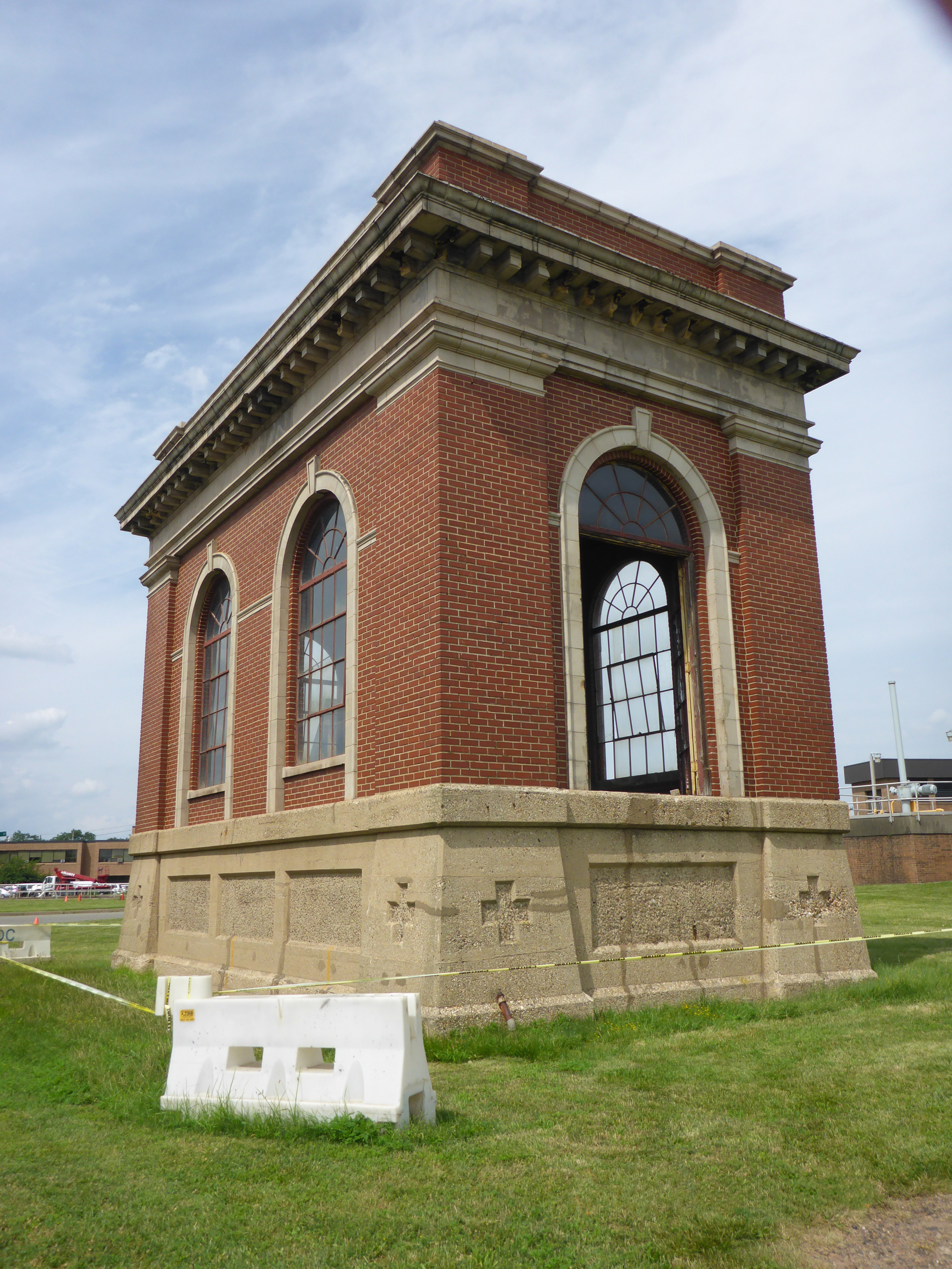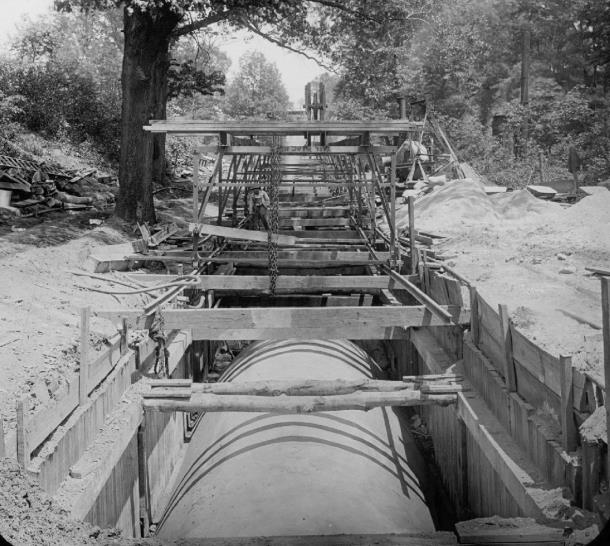PASSAIC VALLEY SEWERAGE COMMISSION CULTURAL RESOURCE SURVEY
LOCATION: NEWARK, NJ
CLIENT: PASSAIC VALLEY SEWERAGE COMMISSION
MARKET SECTOR: PUBLIC




THE OPPORTUNITY
In response to flood damage caused by Superstorm Sandy in October 2012, the Passaic Valley Sewerage Commission (PVSC) and Federal Emergency Management Agency (FEMA) proposed improvements to the Newark Bay Outfall Sewerage Works to reduce flood risk. The PS&S-designed improvements involve building a floodwall around the plant, improving the stormwater management system, and constructing a backup power system. Because the improvements are federally funded, the project is subject to review under federal regulations designed to protect historic and archaeological resources.
THE CHALLENGE
Initially constructed between 1908 and 1924 as what was then a state-of-the-art high-capacity treatment facility, the plant is regarded as significant to the history of sanitary engineering as well as architecture and is recognized as a historic district. In addition to the historical and architectural significance of its older above-ground structures, below-ground elements of the plant such as its original main conduits and buried sedimentation basins form an important archaeological site. Construction of the proposed flood control features had the potential to not only physically affect the plant’s archaeological site, but also to adversely affect the visual setting of neighboring historic districts and sites.
THE PS&S SOLUTION
PS&S’ Cultural Resource staff utilized historical and environmental documentation to assist PS&S designers in developing a plan that would not only minimize adverse effects on historic properties, but would also ensure their protection from future flood events. The resulting report demonstrated unequivocally to state and federal reviewers that the improvements would not adversely affect historic buildings and developed a plan to easily mitigate adverse effects on the industrial archaeological site, clearing the way for construction of the much-needed flood control measures. FEMA and the State Historic Preservation Office concurred with our conclusions after the first phase of regulatory review, praising the Phase IA report as “comprehensive” and “well-reasoned.”
RELATED PROJECTS
DISCIPLINES INVOLVED
